5V, 1A Step-Up/Step-Down Voltage Regulator S13V10F5
In stock, ships same business day if ordered before 2PM
Fastest delivery: Tomorrow*
Disclaimer:
For next-day delivery, the shipping address must
be in the AusPost next-day network, eParcel Express must be selected, and the order must be placed
before 2PM AEST Mon-Thurs excluding NSW Public Holidays. Orders may be delayed due to AusPost
pickup timings and order verifications. eParcel Express is typically a 1-day service within the
AusPost next-day network, though it is sometimes 2+ days.
Quantity Discounts:
- 10+ $15.54 (exc GST)
- 25+ $15.05 (exc GST)
 |
The S13VxF5 family of efficient switching regulators (also called switched-mode power supplies (SMPS) or DC-to-DC converters) use a buck-boost topology to convert both higher and lower input voltages to a regulated 5 V output. They take input voltages from 2.8 V to 22 V and increase or decrease them as necessary, offering a typical efficiency of over 85% and typical continuous output currents between 1 A and 3 A . The flexibility in input voltage offered by this family of regulators is especially well-suited for battery-powered applications in which the battery voltage begins above 5 V and drops below as the battery discharges. Without the typical restriction on the battery voltage staying above the required voltage throughout its life, new battery packs and form factors can be considered.
The different members of this family offer different continuous output currents:
- S13V10F5: 1 A continuous output current
- S13V15F5: 1.5 A continuous output current
- S13V20F5: 2 A continuous output current
- S13V30F5: 3 A continuous output current
The regulators have under-voltage lockout, output over-voltage protection, and over-current protection. A thermal shutdown feature also helps prevent damage from overheating and a soft-start feature limits the inrush current and gradually ramps the output voltage on startup. The larger 3 A S13V30F5 has reverse-voltage protection up to 20 V, but the S13V10F5, S13V15F5, and S13V20F5 do not.
 |
Details for item #4083
Features
- Input voltage: 2.8 V to 22 V
- Output voltage: 5 V with 3% accuracy
- Typical maximum continuous output current: 1 A (see the maximum continuous output current graph below)
- Typical efficiency of 85% to 95%, depending on input voltage and load (see the efficiency graph below)
- 10 mA to 20 mA typical no-load quiescent current (see the quiescent current graph below)
- Input under-voltage lockout and output over-voltage protection
- Soft-start feature limits inrush current and gradually ramps output voltage
- Over-current protection and over-temperature shutoff
- 1 A output current limit
- Fixed switching frequency of ~500 kHz
- Compact size: 0.35" × 0.475" × 0.17" (8.9 mm × 12.1 mm × 4.2 mm); see the dimension diagram (720k pdf) for more information
 |
5V, 1A Step-Up/Step-Down Voltage Regulator S13V10F5 pinout. |
|---|
Connections
The step-up/step-down regulator has just three connections: the input voltage (VIN), ground (GND), and the output voltage (VOUT). The input voltage, VIN, powers the regulator. Voltages between 2.8 V and 22 V can be applied to VIN. VOUT is the regulated output voltage.These through-holes are arranged with a 0.1" spacing along the edge of the board for compatibility with standard solderless breadboards and perfboards and connectors that use a 0.1" grid. A 3×1 straight male header strip and a 3×1 right-angle male header strip are included, and you can solder in the one that gives you your desired board orientation. Alternatively, you can solder wires directly to the board for the most compact installations.
|
|
Typical efficiency
The efficiency of a voltage regulator, defined as (Power out)/(Power in), is an important measure of its performance, especially when battery life or heat are concerns.
 |
Maximum continuous output current
The maximum achievable output current of the regulator varies with the input voltage but also depends on other factors, including the ambient temperature, air flow, and heat sinking. The graph below shows maximum output currents that the regulators in the S13VxF5 family can deliver continuously at room temperature in still air and without additional heat sinking.
 |
During normal operation, this product can get hot enough to burn you. Take care when handling this product or other components connected to it.
Quiescent current
The quiescent current is the current the regulator uses just to power itself, and the graph below shows this as a function of the input voltage.
 |
LC Voltage Spikes
When connecting voltage to electronic circuits, the initial rush of current can cause voltage spikes that are much higher than the input voltage. If these spikes exceed the regulator’s maximum voltage, the regulator can be destroyed. If you are connecting more than about 15 V, using power leads more than a few inches long, or using a power supply with high inductance, Pololu recommend soldering a 33 µF or larger electrolytic capacitor close to the regulator between VIN and GND. The capacitor should be rated for at least 35 V.
More information about LC spikes can be found in Pololu's application note, Understanding Destructive LC Voltage Spikes.
People often buy this product together with:
 | Pololu 3.3V Step-Up/Step-Down Voltage Regulator S7V8F3 |
 | Mini Pushbutton Power Switch with Reverse Voltage Protection, LV |
 | 5V, 2A Step-Up/Step-Down Voltage Regulator S13V20F5 |
Dimensions
| Size: | 0.35" × 0.475" × 0.17"1 |
|---|---|
| Weight: | 0.6 g1 |
General specifications
| Minimum operating voltage: | 2.8 V |
|---|---|
| Maximum operating voltage: | 22 V |
| Continuous output current: | 1 A2 |
| Output voltage: | 5 V |
| Reverse voltage protection?: | N |
| Maximum quiescent current: | 20 mA3 |
| Output type: | fixed 5V |
Identifying markings
| PCB dev codes: | reg26b |
|---|---|
| Other PCB markings: | 0J4038 |
Notes:
- 1
- Without included optional headers.
- 2
- Typical continuous output current at 5 V in. Actual achievable continuous output current is a function of input voltage and is limited by thermal dissipation. See the output current graph under the description tab for more information.
- 3
- With no load. Actual quiescent current depends on input voltage. See the quiescent current graph under the description tab for more information.
File downloads
-
Dimension diagram of the 5V Step-Up/Step-Down Voltage Regulator S13VxF5 (720k pdf)
-
3D models (STEP) of the 5V Step-Up/Step-Down Voltage Regulator S13VxF5 (3MB zip)
This file contains 3D models (in the step file format) of the 5V Step-Up/Step-Down Voltage Regulators S13VxF5.
-
Drill guides (DXF) for the 5V Step-Up/Step-Down Voltage Regulator S13VxF5 (5k zip)
These DXF drawings show the locations of all of the holes on the 5V Step-Up/Step-Down Voltage Regulators S13VxF5.
Exact shipping can be calculated on the view cart page (no login required).
Products that weigh more than 0.5 KG may cost more than what's shown (for example, test equipment, machines, >500mL liquids, etc).
We deliver Australia-wide with these options (depends on the final destination - you can get a quote on the view cart page):
- $3+ for Stamped Mail (typically 10+ business days, not tracked, only available on selected small items)
- $7+ for Standard Post (typically 6+ business days, tracked)
- $11+ for Express Post (typically 2+ business days, tracked)
- Pickup - Free! Only available to customers who live in the Newcastle region (must order online and only pickup after we email to notify you the order is ready). Orders placed after 2PM may not be ready until the following business day.
Non-metro addresses in WA, NT, SA & TAS can take 2+ days in addition to the above information.
Some batteries (such as LiPo) can't be shipped by Air. During checkout, Express Post and International Methods will not be an option if you have that type of battery in your shopping cart.
International Orders - the following rates are for New Zealand and will vary for other countries:
- $12+ for Pack and Track (3+ days, tracked)
- $16+ for Express International (2-5 days, tracked)
If you order lots of gear, the postage amount will increase based on the weight of your order.
Our physical address (here's a PDF which includes other key business details):
40 Aruma Place
Cardiff
NSW, 2285
Australia
Take a look at our customer service page if you have other questions such as "do we do purchase orders" (yes!) or "are prices GST inclusive" (yes they are!). We're here to help - get in touch with us to talk shop.
Have a product question? We're here to help!
Videos
View AllGuides
PiicoDev Magnetometer- Getting Started Guide
The Maker Revolution
How to Use DC Regulators/Converters
Powering Portable Projects: Batteries
Projects
Wireless QI Phone Charger Powered by Raspberry Pi
mmPi-Pico HAT
Solar Charging Station
Makers love reviews as much as you do, please follow this link to review the products you have purchased.

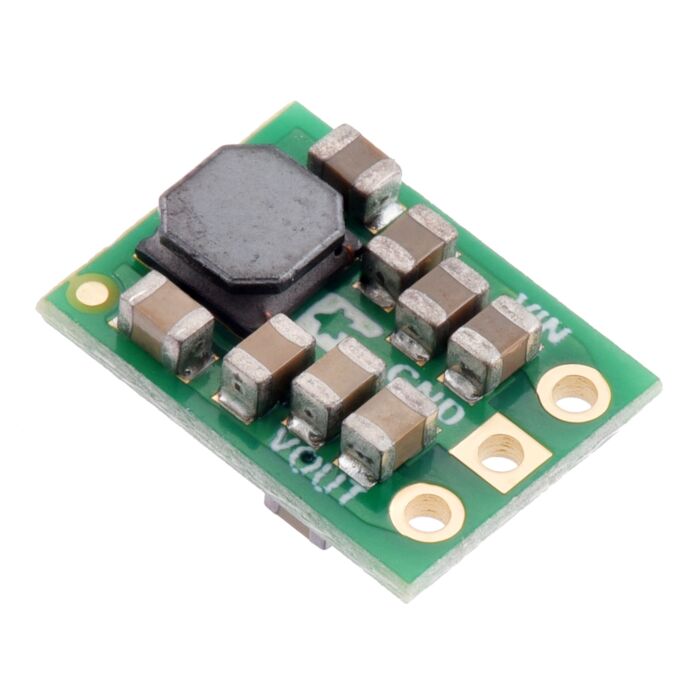

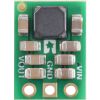
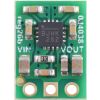










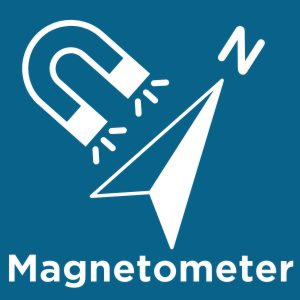




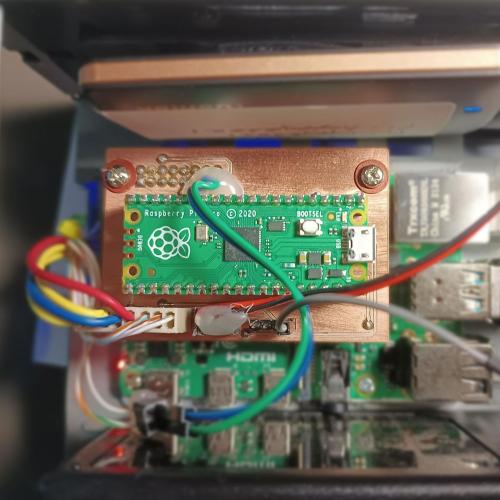


Product Comments